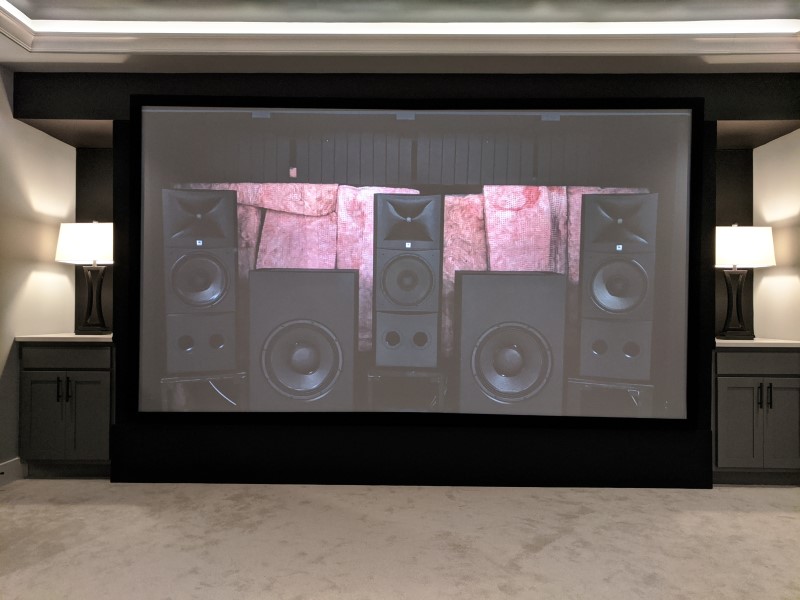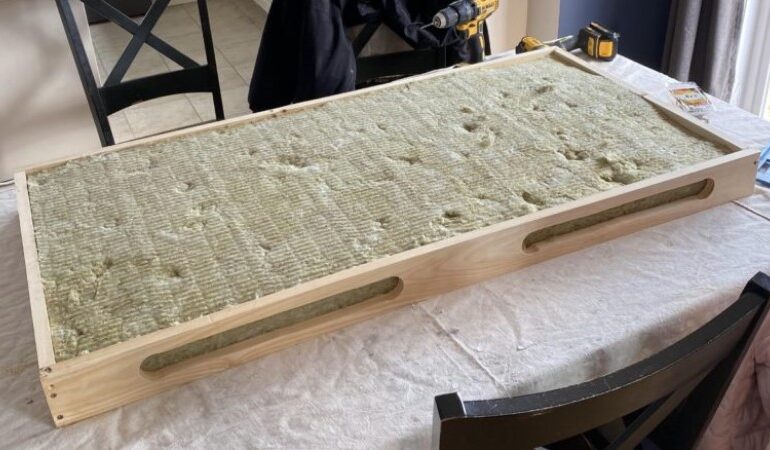DIY Acoustic Panels – How Much Insulation is Too Much?
You’ve decided to DIY some acoustic panels. Or maybe you are buying some online and you’ve got some questions. Either way, you are curious about the differences in thickness. In general acoustic panels vary between an inch thick to six inches (or more). What difference does it actually make? Thicker panels cost much more (no matter if you buy them complete or DIY them). Should you strive to get as thick of panels as possible or can you save some money and get the thinner ones? Better yet, if you are building your own, should you just shove as much insulation into your acoustic panels as possible? How much insulation is too much with acoustic panels? Let’s discuss!
The Thicker the Panel, The Lower the Absorption
If we are just talking about the performance of the acoustic panel itself, more insulation equates to lower frequency absorption. We will be referencing this page for data if you want to look for yourself. Basically, as the thickness of the panel increases, the amount of lower frequencies absorption also increases. The panel will absorb more sound energy as well.
You may ask, “Why doesn’t it help at the high frequencies?”
Well, the answer is simple. Most acoustic panels already absorb nearly ALL sound energy at high frequencies. Let’s take a look.

With the panels above, we see that the increase in thickness doesn’t really help at 2kHz and 4kHz. Why? Because they are already absorbing 90% or more of the sound! But down at 500Hz and lower, the absorption rate jumps and nearly doubles its effectiveness. More insulation means your acoustic panels will absorb more bass.
So Jam as Much Insulation in There as Possible?
If you are DIY’ing your own acoustic panels, you’ve probably found that the rigid fiberglass (or Rockwool) insulation that is normally recommended is quite expensive. But the regular insulation that comes in a roll from your local hardware store is much more reasonable. Here we get to the meat of the question. If you are going to DIY your own acoustic panels, can you shove a bunch of that pink insulation into it and it’ll be more effective?
As you might expect, the answer is no.

Think of insulation as a web that catches waves. That’s not at all how it works, but for this discussion, the analogy works. If you compress that web, then the sound will bounce off the outside instead of passing through and getting caught. You want to install the insulation in your acoustic panels so that it is not compressed at all. This is why the rigid fiberglass and Rockwool insulations are often preferred. It is much easier to get it into a panel uncompressed than the rolls of insulation.
Take Away
No matter what type of insulation you use, install it in your acoustic panels without compression for maximum performance. Just make sure you are using insulation and not “acoustic foam.” That stuff doesn’t work nearly as well.


